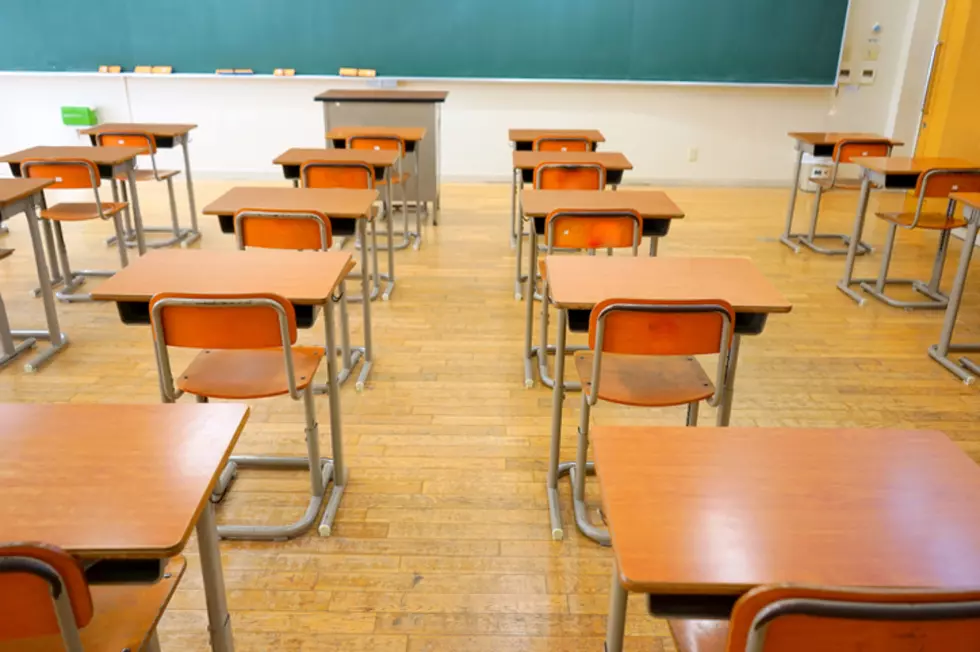
NJ school underfunding means less experienced, fewer teachers: report
It's no secret that many schools across New Jersey are underfunded when you consider what should be doled out based on the state's formula.
But in a report released Wednesday, Garden State residents get a glimpse of the real consequences for students and their futures when schools don't get enough funding to educate New Jersey's youth.
Overall, according to the report from New Jersey Policy Perspective, students in highly funded schools enjoy more curricular offerings and more experienced teachers than students in schools that are not adequately funded.

Underfunded districts, meanwhile, are likely to employ fewer staff members per student, according to the report, which used New Jersey Department of Education data.
"And so, the education that they're receiving is just fundamentally different than the education of children who are in much more well-resourced schools," said Mark Weber, report author and special analyst for education policy at NJPP, a nonpartisan think tank. "If we believe that education is a path toward having equal opportunity in life, then we have to make sure that the education that kids receive is just as good in some districts as it is in others."
New Jersey's school funding law, the School Funding Reform Act of 2008, sets targets for districts based on their capacity to raise local revenue, and their needs — students in poverty and English language learners, for example, require more funding to equalize education opportunities.
"Unfortunately, the state has never fully funded the SFRA," the report says. "As a result, many districts in New Jersey must make do with revenues that are less than what the state’s law says they need."
The report, titled The Consequences of School Underfunding, specifically notes that, on average, a teacher in a highly funded K-8 district will have over three years more experience than a teacher in a severely underfunded district. The experience bump is around two years, on average, when you compare teachers in highly funded K-12 districts to those in severely underfunded districts.
Severely underfunded K-12 districts employ an average of 9.4 staff members per 100 students, as opposed to 12.9 staffers per 100 students in highly funded districts, the report states. There are fewer arts teachers, music teachers, school nurses, support staff, and teachers for subjects such as foreign languages, in districts with the most inadequate funding.
"The first thing we have to do is get ourselves in a position where we're fully funding this formula. Then we need to step back and make sure that the formula itself is correct," Weber said. "I think now is a very good time, especially coming out of the pandemic."
The report recommends "recalibrating" the School Funding Reform Act to address the disparities uncovered by the report. Weber said he supports a proposed law that establishes a School Funding Formula Evaluation Task Force. It was unanimously passed by the full Senate in late June.
Trending News Now
More From 92.7 WOBM







